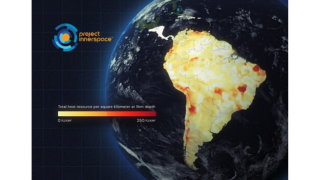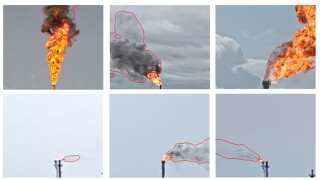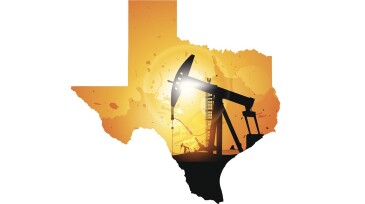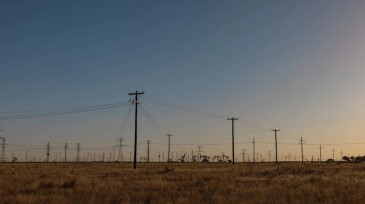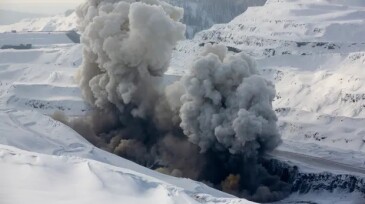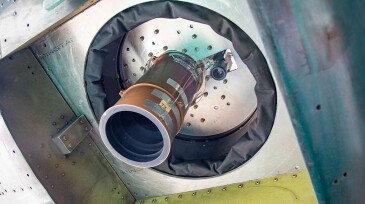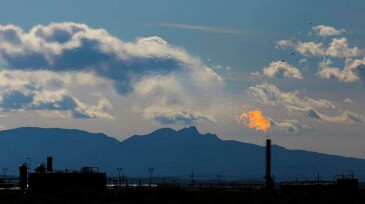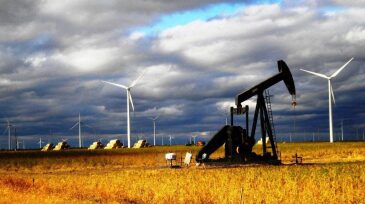Environment
A newly formed global coalition, Carbon Measures, aims to develop a ledger-based carbon accounting framework and champion market-based solutions to drive emissions reduction.
The freely accessible online platform is the latest in a series of maps designed to reveal the continent’s untapped geothermal potential.
This paper focuses on developing a model that can be used in an automated, end-to-end flare-smoke detection, alert, and distribution-control solution that leverages existing flare closed-circuit television cameras at manufacturing facilities.
-
The Texas Railroad Commission has approved its plan for fiscal year 2023, outlining priorities and highlighting enforcement efforts.
-
The House Science Committee calls for tougher surveillance amid evidence of super-emitters and undetected leaks in the vast Permian Basin.
-
About 90 tonnes of methane an hour were released from the Raspadskaya coal mine in January, data from the GHGSat global satellite shows.
-
Chevron, Talos, and Carbonvert have finished the documentation and closed the joint venture for the carbon capture and storage project on the Gulf of Mexico coast.
-
The suite of tools includes a digital platform for sharing emissions data, an agreed set of definitions that nails down what different terms mean, a single set of metadata definitions, and an API through which users can access data. When used together, these tools provide an integrated perspective on what emissions are coming from where.
-
A trio of new satellites that use infrared sensor technology are now flying around the Earth at a speed faster than 4 miles per second.
-
Trafigura, a group of physical commodity trading companies, and Palantir Technologies announced their intent to develop a platform to calculate carbon intensity, combining the efforts of trading and digital technology to account for Scope 3 emissions. The aim is to increase transparency of life-cycle emissions and to provide benchmarking against other market participa…
-
This study provides a comprehensive overview of the current status of renewable-energy resources, energy-transition efforts, and the future of conventional and unconventional oil and gas resources in California.
-
The rule would require publicly traded companies to report not only their greenhouse-gas emissions but also their approach to managing climate change, likely setting up a long legal fight.
-
In a new TEDx Talk, Scott Tinker, director of the Bureau of Economic Geology, explains the energy-environment challenge facing a world in transition.


